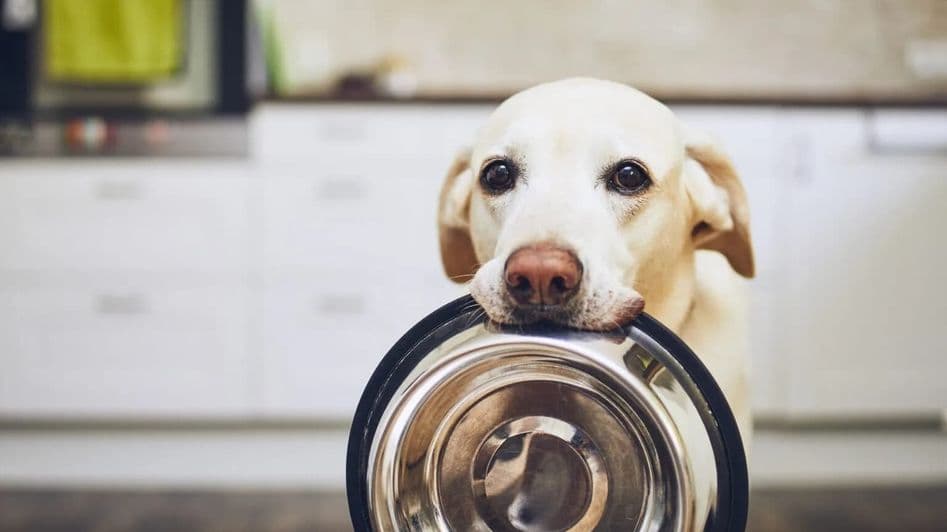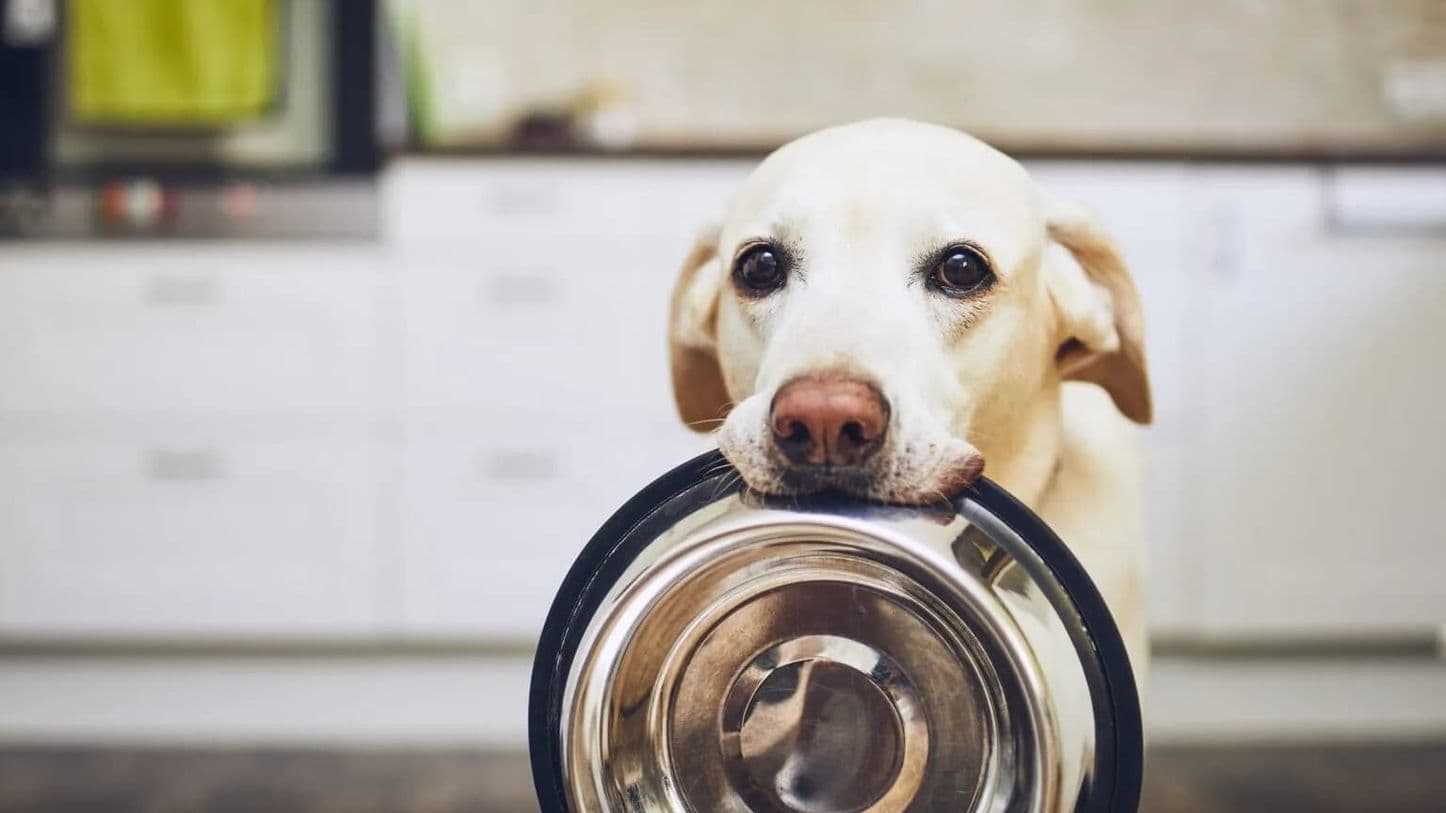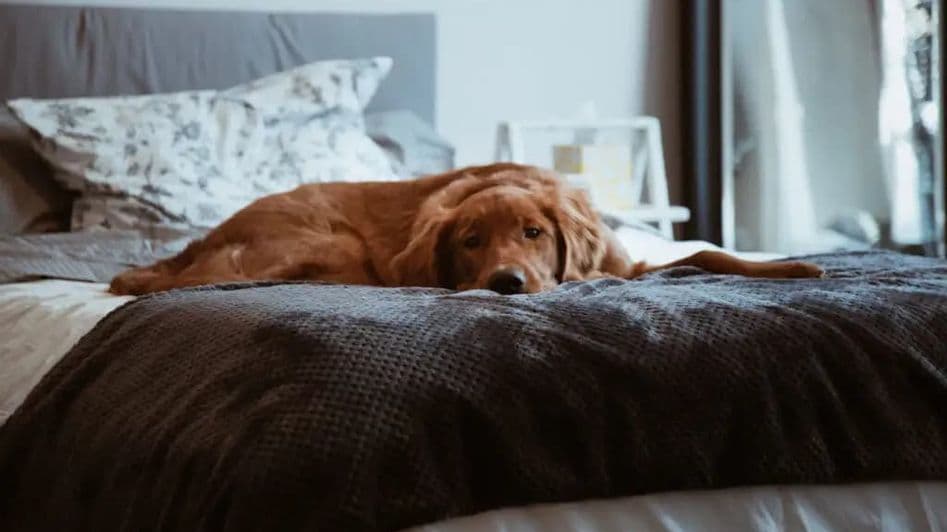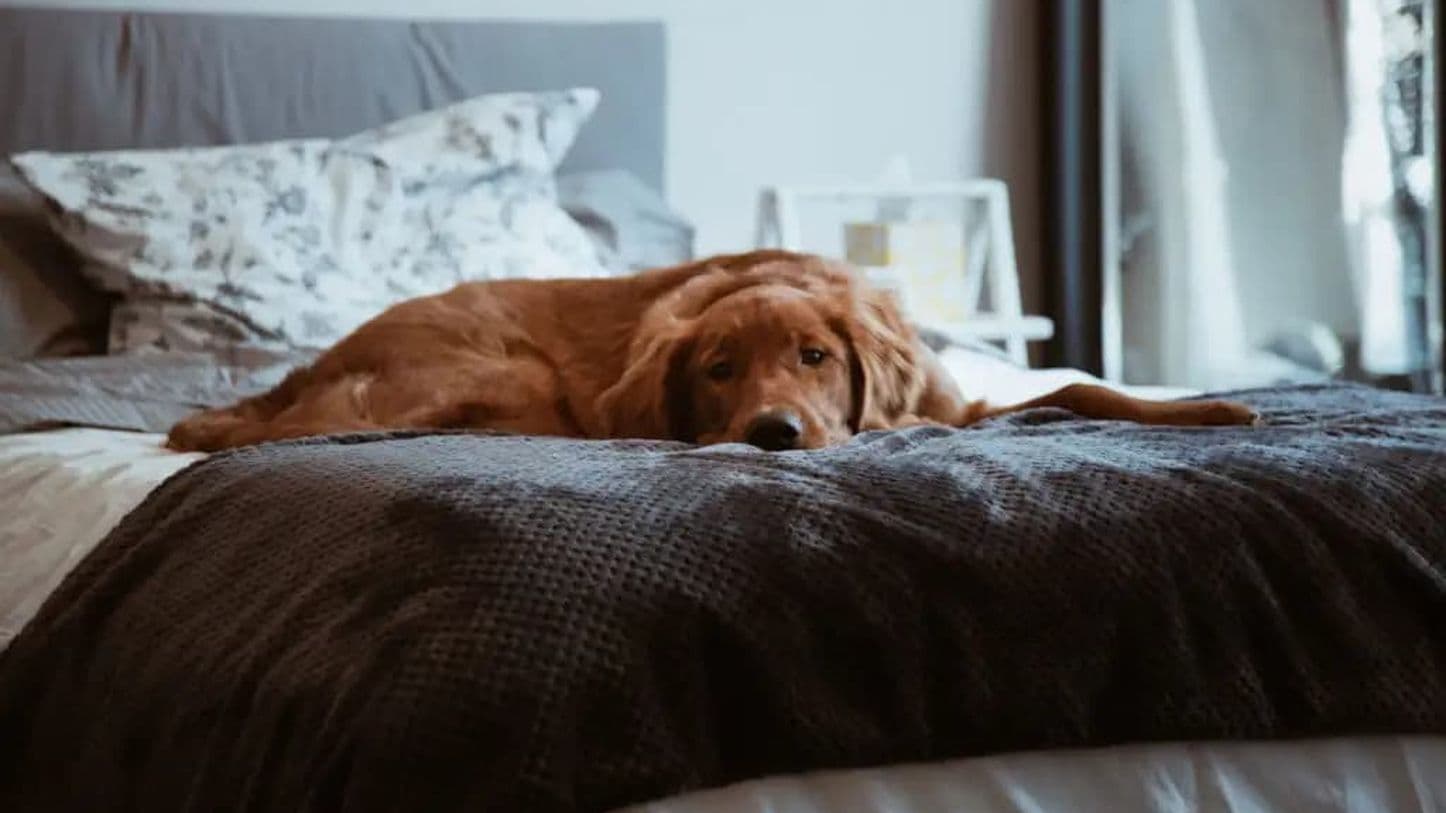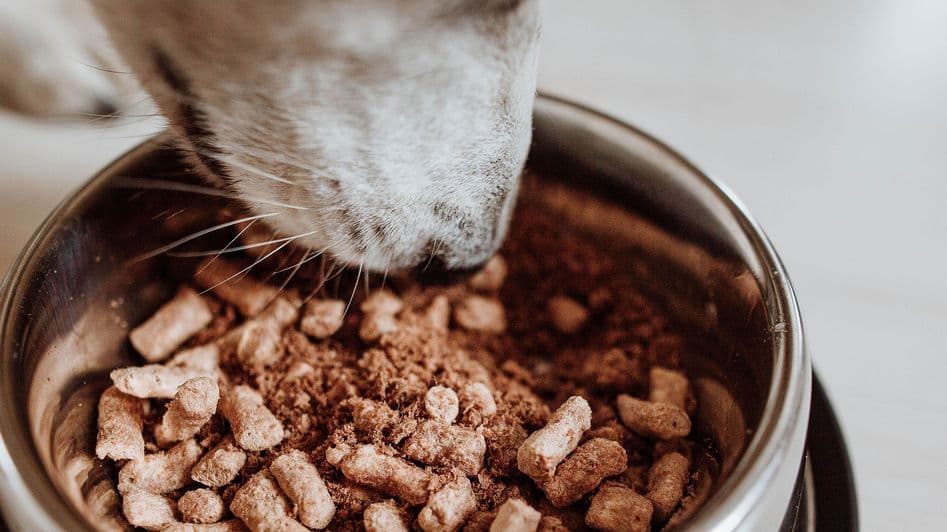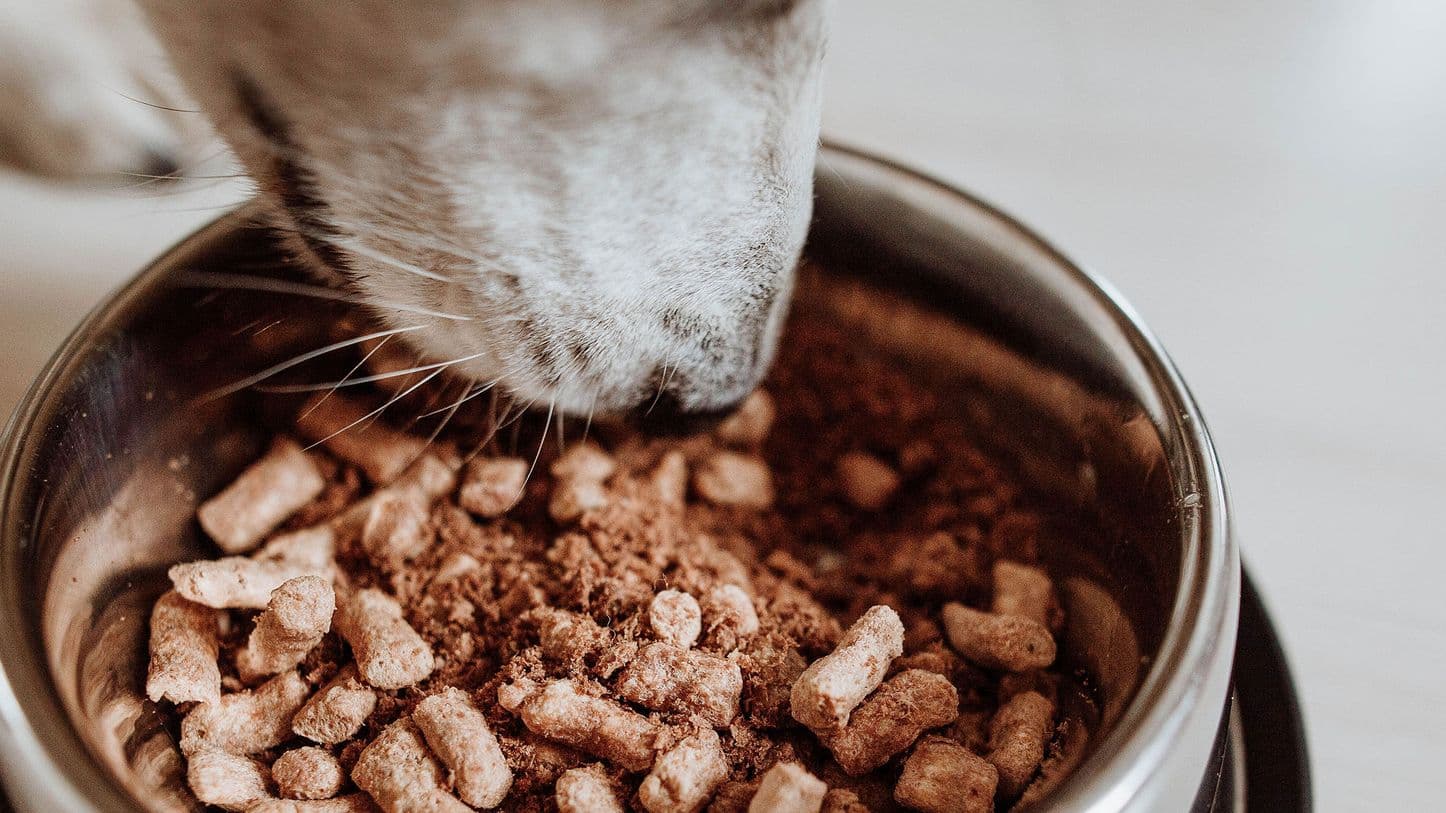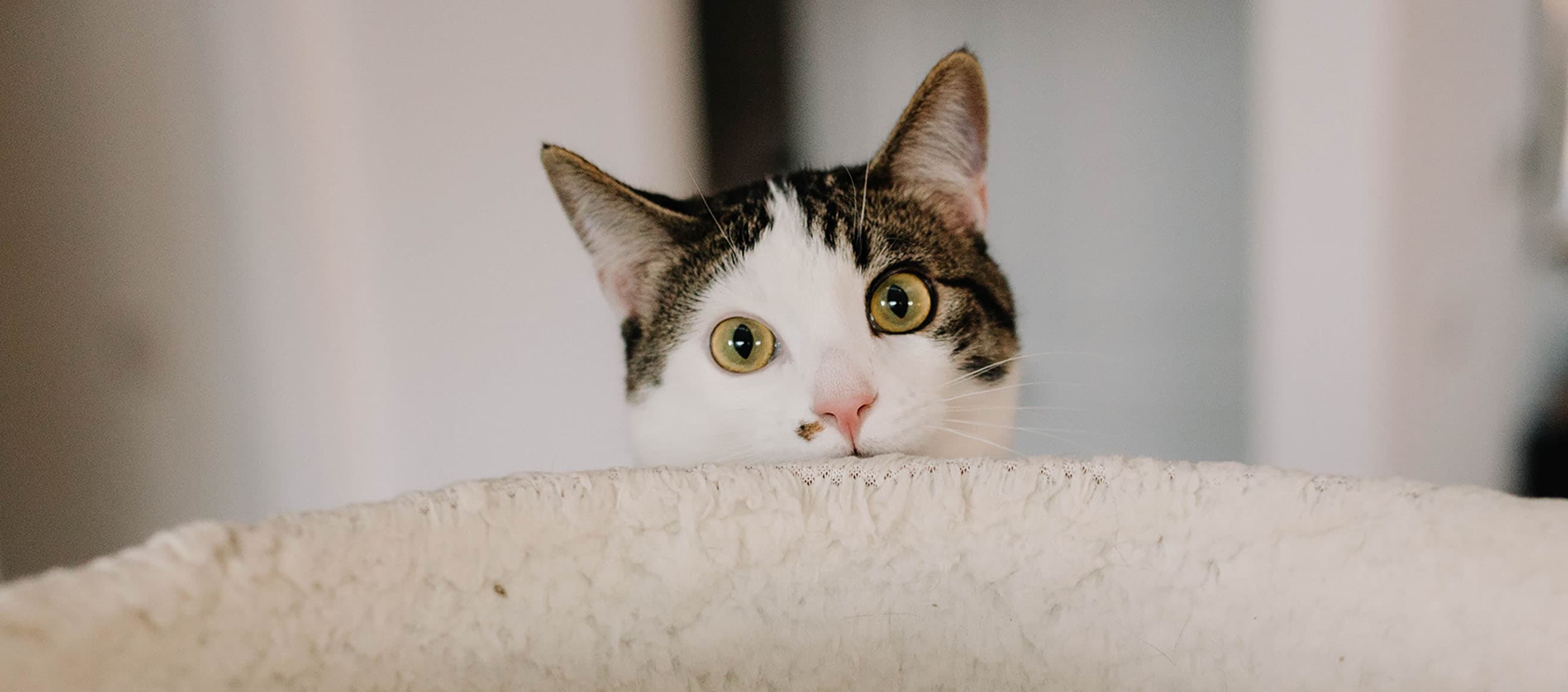
Tips
The Science Behind Cats' Love for Boxes and How to Incorporate it Into Their Daily Life
10.3.2022
All cat lovers are familiar with watching our feline friends wriggle and writhe their way into cereal boxes, egg cartons, serving bowls, and every other semi-enclosed space they can find.
Most cat parents will agree that cats would choose to play with a half-torn cardboard box over an expensive cat toy any day. But why do cats love boxes? What’s the scientific explanation for this adorable behavior? There are many theories why cats may be drawn to enclosed spaces in general and cardboard boxes in particular. Feline behaviorists speculate that cats may enjoy cardboard boxes for security, warmth, and entertainment.
Cats may seek out boxes for the same reason many people are drawn to the corner booth at a restaurant: so you can observe your surroundings in peace, knowing nothing will sneak up on you. A cat in a box feels their vulnerable back is protected. They can periscope their little face around the edge to see everything happening or retreat into a corner of the box as needed. A humble cardboard box may not give cats actual physical protection from all the things they can be afraid of — such as predators, other cats, or the fearsome vacuum cleaner — but the psychological effect can be just as important, comforting your kitty and soothing their anxiety.
According to Mark D. Freeman, DVM, clinical assistant professor at the VA-MD College of Veterinary Medicine:
“Cats are, by nature, cryptic animals, meaning they prefer to have a safe hiding spot from which they can observe the world around them…Cats are both hunter and prey, so having a secure space from which they can monitor threats from predators as well as monitor prey is ideal.”
It’s easy to forget that all domestic cats are descended from the African wildcat and are truly desert animals at heart. Our cats are biologically adapted to surviving in hot, dry places.
So even though our feline friends are happy to be spoiled in the comfort of our homes rather than toughing it out in the Sahara, they still have one complaint about our air-conditioned world. Studies show domestic cats are most comfortable at a toasty 90 degrees Fahrenheit. By comparison, most humans keep their houses at around 70 degrees Fahrenheit — a good 20 degrees chillier than your cat would like.
Imagine if you had to live in a house that was consistently kept at 50 degrees Fahrenheit. You probably wouldn’t freeze to death, but you’d be cuddling up in the blankets at every opportunity. That’s why Whiskers does, too!
Therefore, one reason your cat may curl up in a tight space (like a box, shelf, or bowl) is to conserve body heat. Cardboard, in particular, is a good insulator, which means the inside of the box heats quickly, giving your kitty their little pocket of warmth. This is the same reason cats love to sleep on laptops, radiators, and other heat-emitting parts of the house, including your lap.
To Have Fun. The very first thing most curious cats do when they see a cardboard box is rub up against it. Kitties have scent glands on the sides of their face, which is why they love rubbing their cheeks against everything. This action leaves its scent on the object, like a feline “Property of Whiskers” sign.
Your cat considers a new cardboard box that has just arrived on your doorstep to be an interesting addition to their domain, and they’ll naturally want to claim ownership of everything within their territory.
The cardboard texture is also particularly tempting for your cat to chew on or scratch. If you own at least one corrugated cardboard scratcher, your cat may already associate cardboard with a satisfying scratching experience. (Just remember not to let your cat swallow any cardboard pieces that may be a choking hazard, and throw out any boxes that get too ragged).
Overall, as WIRED Magazine succinctly puts it:
“Boxes are insulating, stress-relieving, comfort zones — places where cats can hide, relax, sleep, and occasionally launch a sneak attack against the huge, unpredictable apes they live with.”
What Do The Cat-Experts Say?
Feline behaviorist Jackson Galaxy gives his take on why cats love boxes.
It makes sense that the chance to feel safe, warm up, and play with something fun are all good reasons cats love boxes. But are these only assumptions, or is there actually a scientific explanation for this feline behavior?
The idea that cats feel safe and secure in boxes definitely has some evidence behind it. For example, a recent Dutch study showed that rescue cats were considerably less stressed when they had access to boxes to hide in:
“Working with domestic cats in a Dutch animal shelter, ethologist Claudia Vinke of Utrecht University in the Netherlands provided hiding boxes for a group of newly arrived cats while depriving another group of them entirely. She found a significant difference in stress levels between cats that had the boxes and those that didn’t. In effect, the cats with boxes got used to their new surroundings faster, were far less stressed early on, and were more interested in interacting with humans.”
Of course, this leads many cat parents to ask: if cats love confined spaces so much, why doesn’t this interest translate to their carrier?! Anyone who has tried to wrestle an uncooperative feline into a carrier or crate knows it’s not as simple as taping a square around it and expecting Whiskers to waltz in!
For better or worse, our cats are no dummies. They know going in the carrier means a car ride (which most cats don’t enjoy) and probably a visit to the vet (which many cats also aren’t fans of). Because of this negative association that has been established in your cat’s mind with that particular confined space, even box-loving kitties often make an exception for the scary carrier.
One way to counteract this negative association (and make vet visits less stressful for everyone involved) is to leave your cat’s carrier open and out all the time while regularly filling it with your cat’s favorite treats or even feeding their meals in the carrier. Your cat will eventually learn that going into their carrier usually means good food — and only rarely means a vet visit.
We still don’t know exactly why this classic cat behavior seems instinctive to felines of all sizes and species. According to veterinarian Dr. Ernie Ward:
“I admit veterinarians and scientists haven’t yet cracked the cat cardboard code…Until we figure out feline mind reading, I’m afraid we’re left with our own best guesses at what motivates thousands of cats to fold themselves into all sorts of vessels (and attack my legs).”
Of course, at the end of the day, the quirky behavior of our kitties just gives us one more reason to love them.
For more information on Vital Essentials and our full product line, follow us on TikTok and Instagram. And if you have any questions, be sure to check out our FAQ page for answers. Together, we can ensure your pet gets the proper nutrition they deserve.
